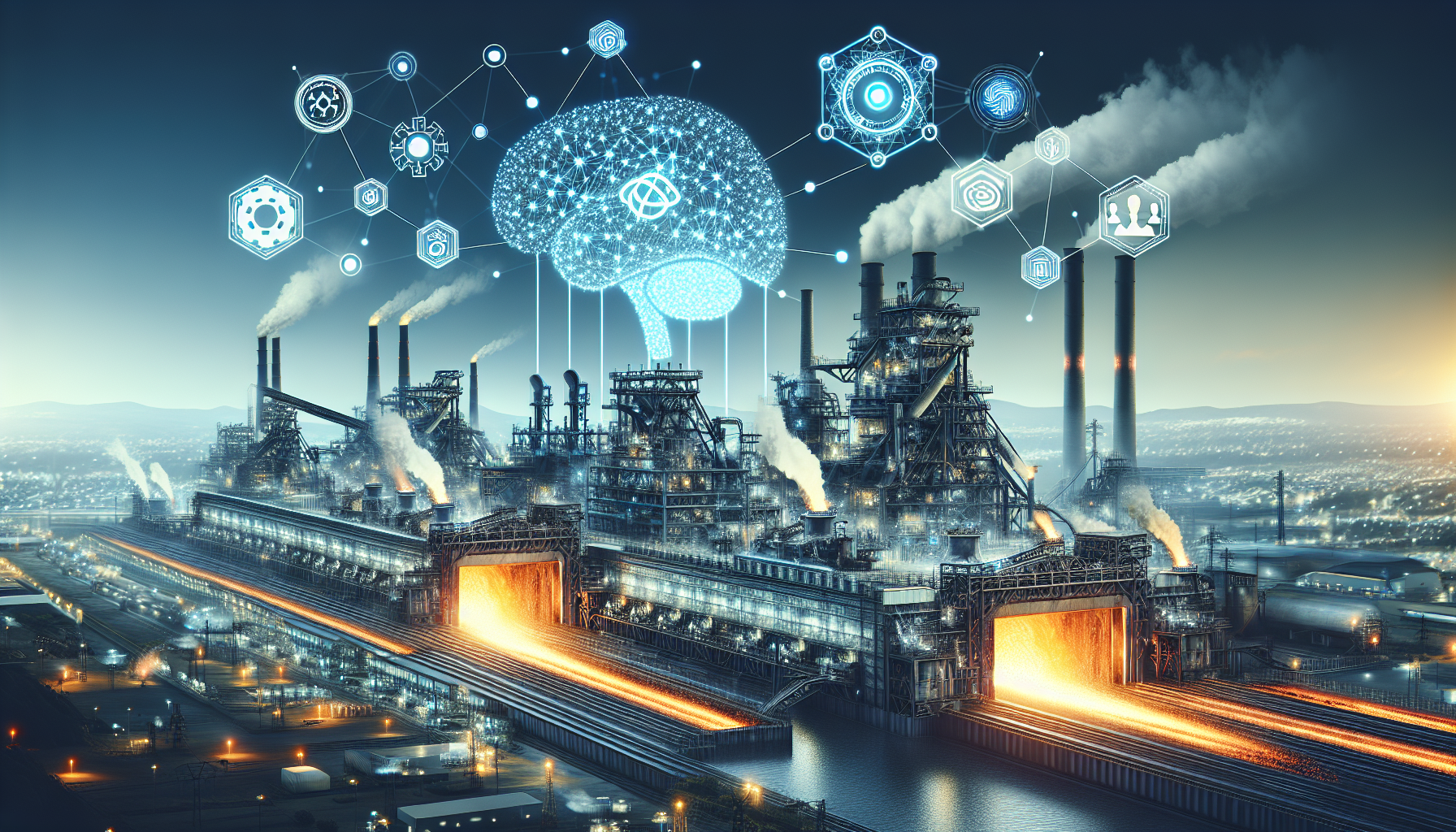
Forging the Future: How AI and Startups are Rebooting the Steel Industry
When you think of steelmaking, what comes to mind? Chances are, it’s a gritty, industrial image of blast furnaces, molten metal, and smokestacks billowing into the sky. It feels like a relic from a bygone era, the polar opposite of a sleek, modern tech company. But what if I told you that the future of this foundational industry looks less like a 20th-century factory and more like a 21st-century tech campus?
A new breed of startups is on a mission to completely overhaul one of the world’s most carbon-intensive industries. They’re not just tweaking the process; they’re rewriting the entire operating system. And at the core of this revolution, you’ll find the same tools that power Silicon Valley: artificial intelligence, sophisticated software, and massive-scale automation. This isn’t just about making steel “greener”—it’s about making it smarter, more efficient, and fundamentally digital.
The Carbon Problem: Steel’s Dirty Secret
Before we dive into the solution, let’s appreciate the scale of the problem. Traditional steelmaking is a dirty business. For over a century, the primary method has been the blast furnace, a colossal structure that cooks iron ore with coke (a high-carbon fuel derived from coal) at scorching temperatures. This process works, but it releases staggering amounts of carbon dioxide. In fact, the iron and steel industry is responsible for a whopping 7-9% of all global greenhouse gas emissions. That’s more than the entire aviation and shipping industries combined.
For decades, this was simply the cost of doing business. Steel is the backbone of modern civilization—it’s in our cars, our buildings, our bridges, and our infrastructure. We couldn’t live without it. But in an era of climate crisis, the industry’s carbon footprint is no longer sustainable. We need a new way forward.
The Green Steel Revolution: From Coal to Code
Enter the disruptors. A handful of ambitious startups, like Boston Metal and Electra, are pioneering a process that completely sidesteps the blast furnace. Their secret weapon? Electrolysis.
If that word gives you flashbacks to high school chemistry, here’s the simple version: instead of using carbon to rip oxygen away from iron ore, they use electricity. By passing a powerful electric current through the ore, they can separate pure iron from oxygen, with the only major byproduct being… oxygen. When powered by renewable energy sources like wind and solar, this process has the potential to produce steel with virtually zero carbon emissions.
This is a monumental shift. It’s the industrial equivalent of moving from on-premise servers to the cloud. But this innovation isn’t just about a new chemical reaction. To make it work at scale, these startups are building factories that are digital from the ground up.
The Digital Core of a 21st-Century Steel Mill
This is where things get really interesting for the tech community. These new “green steel” plants are less like traditional factories and more like complex, data-driven systems that require an incredible amount of digital oversight.
AI and Machine Learning: The Secret Sauce
The electrolysis process is incredibly sensitive. Temperature, current, and material composition must be controlled with pinpoint precision. This is a perfect application for artificial intelligence and machine learning.
- Process Optimization: AI algorithms can constantly monitor thousands of data points from sensors within the electrolysis cells. A machine learning model can analyze this data in real-time to make micro-adjustments, ensuring


